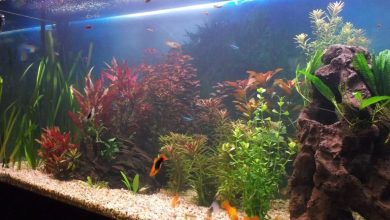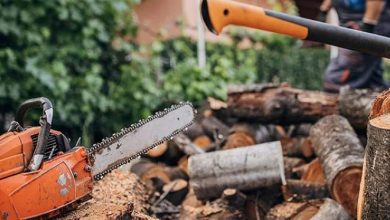How to fit a ceramic wear liner
Ceramic liners can transform uptime, but the results depend on the method. Confirm duty, particle size, temperatures, and cleaning routines. Map impact points and flow direction, check bend radii, and set tolerances. Plan shutdowns and prepare steel so adhesion and fixings are not compromised by dirt or moisture.
Select a fixing strategy and prepare the substrate
Most systems use layered construction, such as steelwork, buffer rubber, and then tiles. Match the fixing method to the service conditions: rubber-mounted panels temper shock and cut noise, bolting gives strength and easy access, welding adds rigidity for harsh duty, adhesives deliver fast coverage at room temperature, and dovetail rails cope with heat and heavy impact.
Measure accurately, dry fit, and bond with care
Survey, then dry fit to remove gaps that invite wear. Grit blast or mechanically clean, degrease, and keep humidity within adhesive limits. Stagger joints, maintain a consistent bed, and roll out voids. When impact is severe, combine adhesive with concealed studs or countersunk bolts. Record cure times and plan early inspections.
For anyone interested in learning about abrasion resistant lining, experts such as https://www.kingfisher-industrial.com/wear-protection/ can help.
Detail for flow and verify performance
Dress edges so product flows smoothly, taper transitions, and seal leading joints. On conveyors, optimise drop height and trajectory. Check transfer points. In silos and chutes, place sacrificial plates at impact points. An abrasion resistant lining works best when geometry prevents hang-up and heat is moderated. Track wear rates and refine the specification at the next outage.


